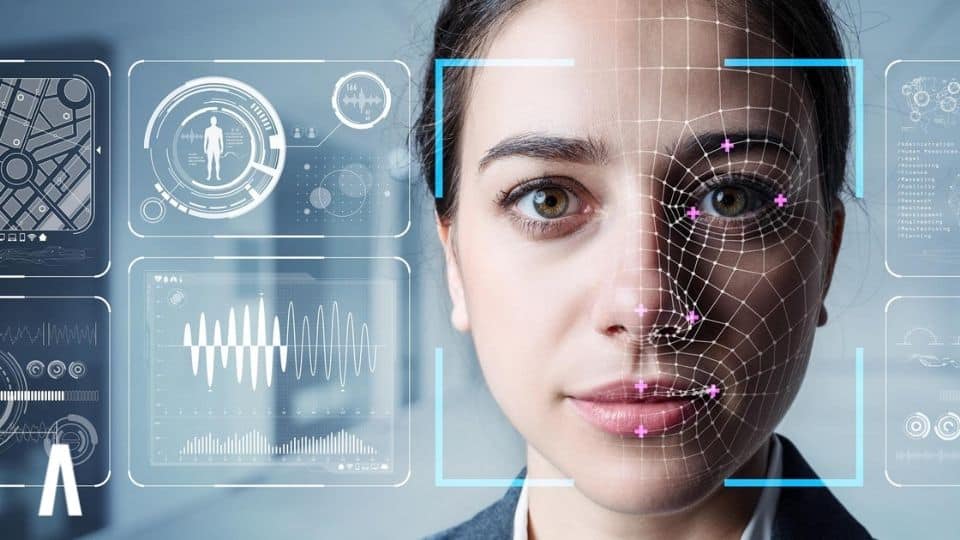How AI and Machine Learning are helping to combat Heart Disease
Blog | August 23 2022 | Alldus Recruitment
Heart disease remains the leading cause of death in the developed world, claiming the lives of around 18 million patients annually and costing nearly $1 billion per day in healthcare expenses. Despite these figures, it is estimated that around 80% of cardiovascular disease is preventable and treatable when spotted early.
One of the key challenges facing clinicians lies in identifying at-risk patients, while avoiding the use of invasive diagnostics tests. Many traditional techniques like the Body Mass Index (BMI) and Framingham risk score (FRS) are time-consuming and imprecise, often missing patients at high-risk while misidentifying those that are not.
As part of our AI in Action podcast series, we sat down with Charles Taylor, the CTO and Co-Founder of HeartFlow, a medical technology company transforming the way cardiovascular disease is diagnosed and treated.
Charles gave us an overview the current methods used for patient diagnoses.
“To get the most precise and accurate information that was needed to understand how to treat a patient with heart disease, typically you had to take the patient into a room called the cardiac catheterization lab and insert a catheter into the groin or into the arm, snaking this up into the heart and into the arteries providing the blood supply to the heart. This is, as you can imagine, a very a very invasive procedure to be able to get this type of information.”
Artificial Intelligence is continuing to revolutionize the healthcare sector, something we have written about previously relating to drug discovery and pathology. However some of the most exciting applications of AI lie in utilizing big data and machine learning to identify patients at high risk of cardiovascular disease, without the need for invasive tests such as those described above.
One such example is a program developed by researchers at the University of Wisconsin and the NIH Clinical Center that leverages machine learning techniques to extract additional information from medical imaging tests. In a trial of the program, the research team fed their algorithm data from roughly 10,000 CT scans that had originally been taken for cancer screenings. It was found that the AI algorithm could predict the risk of heart disease with a far greater degree of accuracy than traditional methods like the BMI and FRS.
A similar breakthrough has occurred in the UK, with the NHS ready to roll out a new AI scanning tool developed by Caristo Diagnostics that could benefit upward of 350,000 patients each year. CaRi-Heart uses state-of-the-art imagine analysis technology to detect the invisible signatures of heart inflammation contained in a CT scan.
Around three in every four patients who have a standard computer-assisted CT scan after complaining of chest pains receive the all clear, with one in five subsequently going on to have a heart attack. In contrast when CaRi-Heart was employed to analyze the scan results, a third of those initially identified as “low-risk” of cardiovascular disease were re-classified accurately as high-risk, presenting a cost-effecting, and potentially lifesaving, alternative to traditional techniques.
Returning to our conversation with Charles Taylor, he further elaborated on the problems they’re trying to solve at HeartFlow, while giving us a unique insight into how they are going about this.
“The non-invasive tests are great in that they’re non-invasive, but they don’t have the same level or fidelity of information compared to invasive tests. What we set out to do is basically derive the benefits of a fully non-invasive test but with the accuracy of the gold standard invasive procedures.
“How we do this is we use medical imaging techniques to see the arteries that provide the blood to the heart. We image those with a technique called coronary CT angiography by injecting a dye, not directly into the coronary arteries themselves, but into a vein in your arm, where we can then image the arteries using a non-invasive technique like CT.
“What we then do is extract the information about the arteries from the image data using computer vision techniques, and this is where the AI comes in, extracting very accurately the anatomy of the coronary arteries. And then we use computers to simulate blood flow. So we’re predicting flow and pressure that we can then compare against these invasive measures. And what we were able to prove is that we could do this very accurately.
“The tremendous benefit to patients is that before you’d take 100 patients to the cardiac catheterization lab and find that only 25% of them would be patients who really needed to be there or be treated with an invasive procedure. Whereas with our test, we find the ones that really don’t need an invasive test but can be treated with medicine.”
The benefit of AI algorithms, such as those developed by HeartFlow and Caristo Diagnostics, is that they are constantly learning and evolving as they are fed more data, improving in accuracy and limiting the need for human correction.
There are very few aspects of our daily lives that aren’t being impacted by AI and Machine Learning in one way or another, whether it be personalized movie recommendations or digital voice assistants. However it is difficult to think of a more powerful example of where Artificial Intelligence is impacting society that through medical diagnoses and disease prevention.
Alldus are privileged to be working with some of the companies leading the way in AI in Healthcare. Check out our latest US Data Science jobs or upload your resume today to keep up-to-date with all the latest opportunities.
share
related articles
Women in AI: Bridging the Gap
Despite huge advancements in AI research, the field still lags in another key area of societal progress, gender equality. With women accounting for just 22% of professionals in the field, we examine the steps needed to address this inequality and how it would also benefit the technologies themselves
Why SQL is the base knowledge for data science
As a programming language, It's a simple skill to learn, but a very valuable one. A walk in the park compared to Python or R.
Why NLP is the future of E-Commerce
There are great benefits to using NLP in eCommerce. The world of business would be greatly benefited from in-depth insights that are controlled by AI. It will help in increasing customer satisfaction rates, improve the revenue curve & ultimately transform the future of business operations.




